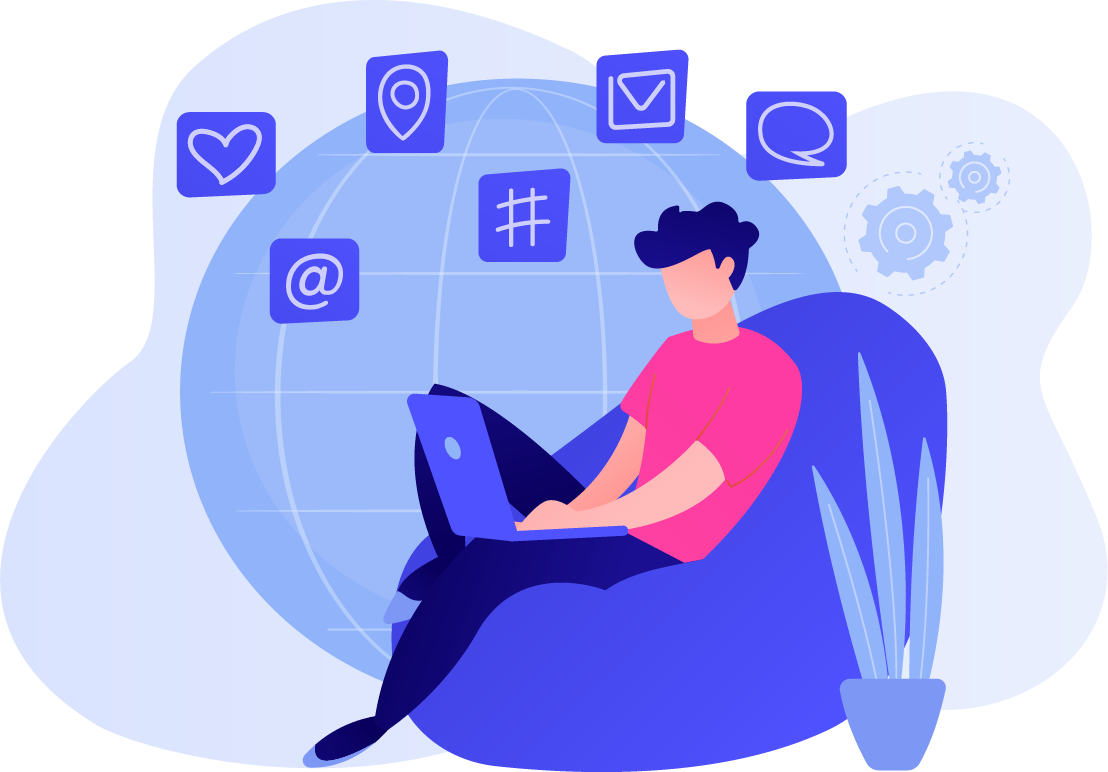In this lesson, students will learn about different types of data through a dataset from Kaggle. Students will use knowledge of different types of data to categorize data in their own lives that they consume and create.
Unit 1 | Data in Learners' Lives
This unit aims to empower students with a comprehensive understanding of data, its significance, and its impact on various aspects of their lives.
Through this unit, students will explore and discuss the entities that collect their data and learn about data sources and ways to evaluate datasets. Students will also investigate how data can influence social equity and inclusivity.
By the end of the unit students will become informed and responsible consumers of data, enabling them to make more informed decisions and fostering a deeper awareness of data's role in shaping the world around them. Moreover, they will be encouraged to consider the ethical implications of data use, promoting a sense of responsibility as future citizens and potential data collectors.

Lesson 1.2: Data Collection and its Purpose
In this lesson, students will learn about different stakeholders who collect data and their motivations. Students will identify the collectors of data in their own lives, and discuss privacy and bias issues.
Lesson 1.3: Using Data
In this lesson, students will learn about the process of generating insight from data and will be introduced to the Data-Information-Knowledge-Wisdom (DIKW) model.
Lesson 1.4: Sources of Data
In this lesson, students will learn about primary and secondary sources of data and sort data sources according to these new categorizations.
Lesson 1.5: Evaluating Data Sources
In this lesson, students will learn to evaluate datasets using the 5Vs for K-12 Framework. They practice this with a somewhat-fake, but mostly-real dataset on Starbucks’ growth over the years, and then apply the 5Vs to their own project ideas.
Lesson 1.6: Building a Survey for Data Collection
In this lesson, students will create a Google Form to collect data. Additionally, they will learn about some basic data cleaning issues and solutions, and how to plan a sample to represent a larger population.
Unit 1 Project
In this project, students apply concepts from Unit 1, including survey design and analysis, data use and representation concerns, data source evaluation, and identification of different data types.
API Can Code is licensed under a Creative Commons Attribution-NonCommercial-ShareAlike 4.0 International License (CC BY-NC-SA 4.0)
